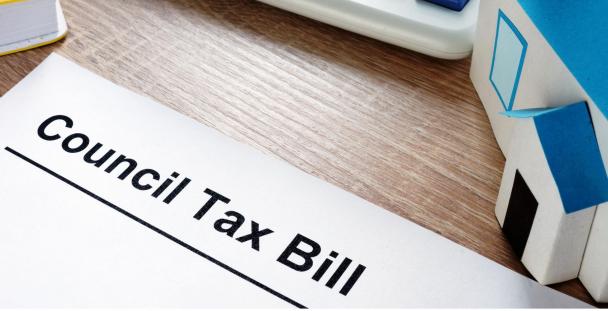Decisions around how and where to invest in HMOs can be difficult for new and experienced investors alike. One area that is starting to complicate investment decisions further is council tax liability. Depending on how the council tax is applied to your HMO, it can have a significant impact on room rates or the tenants’ monthly cost liability, which, either way will impact profitability and viability for the landlord. We thought we would try to summarise things in this article.
- Who is responsible for paying the Council Tax
- How the house is Council Tax banded by the VOA
- How much the Council Tax is and the effect on Rental Returns
- Rate of Council Tax differs by Local Authority – significantly
Firstly, who is responsible for council tax?
Normally, for a single dwelling house, the occupant or tenant is responsible for paying the council tax, but for HMOs things are much more complicated, depending on how the property is let and the tenancy is written. Regulation 2 Council Tax (Liability for Owners) Regulations 1992 says the following:
- For HMOs let by the room, then the landlord is responsible.
- If you use Licence Agreements then the landlord is also responsible.
- If your HMO is let out on a single tenancy to a group of tenants who share the whole house, then the tenant is responsible.
- If you let your HMO out by the room, and each room has its own Council Tax banding, then each room is regarded as an individual dwelling and each individual tenant will be responsible for the council tax for their particular room.
We would advise landlords to make sure to include the appropriate clause in the tenancy agreement(s) specifying responsibility for council tax.
How is the council tax calculated?
The Valuation Office Agency (VOA) is responsible for determining the council tax liability. They will normally apply what is referred to as an ‘aggregate valuation’ if the property is let on a single tenancy to a group of sharers (for instance students), or where the property is let by the room and each room has limited amenities and/or the property has significant additional shared facilities (e.g. kitchen(s) and bathroom(s))
Of particular importance to the investor, is the fact that in some circumstances the VOA are able to band individual rooms as their own distinct dwelling, meaning that council tax can be levied on each room rather than the whole house. This can happen when the room has significant amenities (such as en-suites) and/or the house has little shared space or amenities. Each room would then have a Band A liability and the tenant would be responsible to pay this.
How much the Council Tax is and effect on Rental Returns
Is it a good or bad thing that the tenant pays the council tax for their room? This is the difficult question that landlords will have to weigh up when considering how to configure their HMO and the possible implications for council tax. Where an HMO is subject to a room Band A valuation, this will almost certainly have a downward pressure on the achievable rent, compared to a similar property where the landlord pays the council tax for the whole building. In addition, the landlord may be faced with more voids as tenants realise how much the additional expenses are, then move on. The counter position to this, is that rooms modified with en-suites and kitchenettes, will likely attract a higher rent. The landlord should also take into account the actual council tax charge for Band A in the LA where their HMO is situated.


